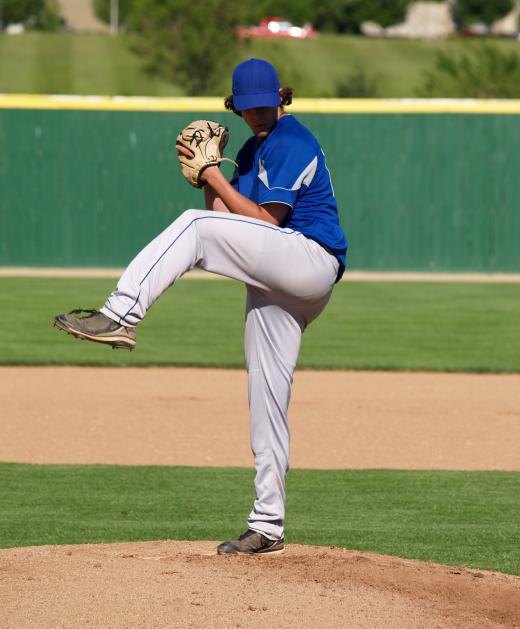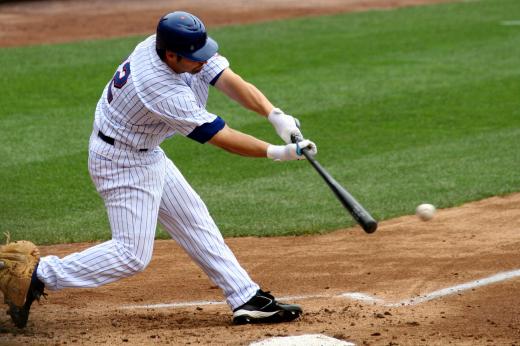There are seven ways for a batter to reach base safely in baseball:
1. Hit — A hit is the most common way to get on base. The batter hits the ball and makes it to first base without being thrown out. A hit can be anything from a bunt single; to an infield single; to a single, double, triple or home run.
2. Base on balls — The pitcher throws four balls before throwing a third strike and before the ball is put in play in fair territory. The batter is awarded first base.
3. Hit by pitch — The batter is hit by a pitched ball and is awarded first base.

4. Error — The batter hits a ball that should be fielded cleanly for an out, but a defensive miscue allows him to reach first base safely. An error can be made by the person fielding the ball — either in the act of fielding it or the act of throwing to first base — or by the first baseman, if he drops a catchable throw.
5. Fielder's choice — A fielder's choice occurs when a batter reaches first base only because the fielder attempted to get another baserunner out. This is most common when a ground ball is hit with a runner on first base. The defense throws to second base for the force out on the runner coming from first, but the batter makes it to first before the double play can be completed. This does not count as a hit for the batter, even if the runner going to second base makes it safely.

6. Dropped third strike — If, with first base open or with two outs, the batter swings at strike three but the catcher does not catch the ball cleanly, the batter can attempt to run to first base. The catcher must pick up or retrieve the ball and tag the batter or throw him out at first base to complete the strikeout. This counts as an out for the batter and strikeout, and a wild pitch or passed ball for the pitcher and defense.

7. Catcher's interference — If the catcher makes contact in any way with the batter or his bat during the swing, catcher's interference is called and the batter is awarded first base, while the catcher is credited with an error. The most common type of catcher's interference occurs when the catcher sits too close to home plate and the batter hits the glove when swinging at the pitch.
